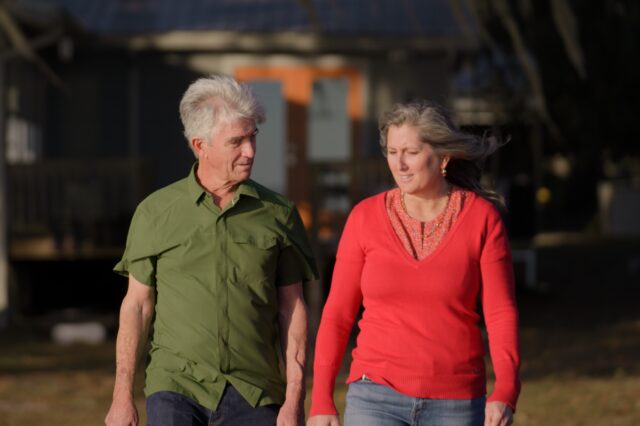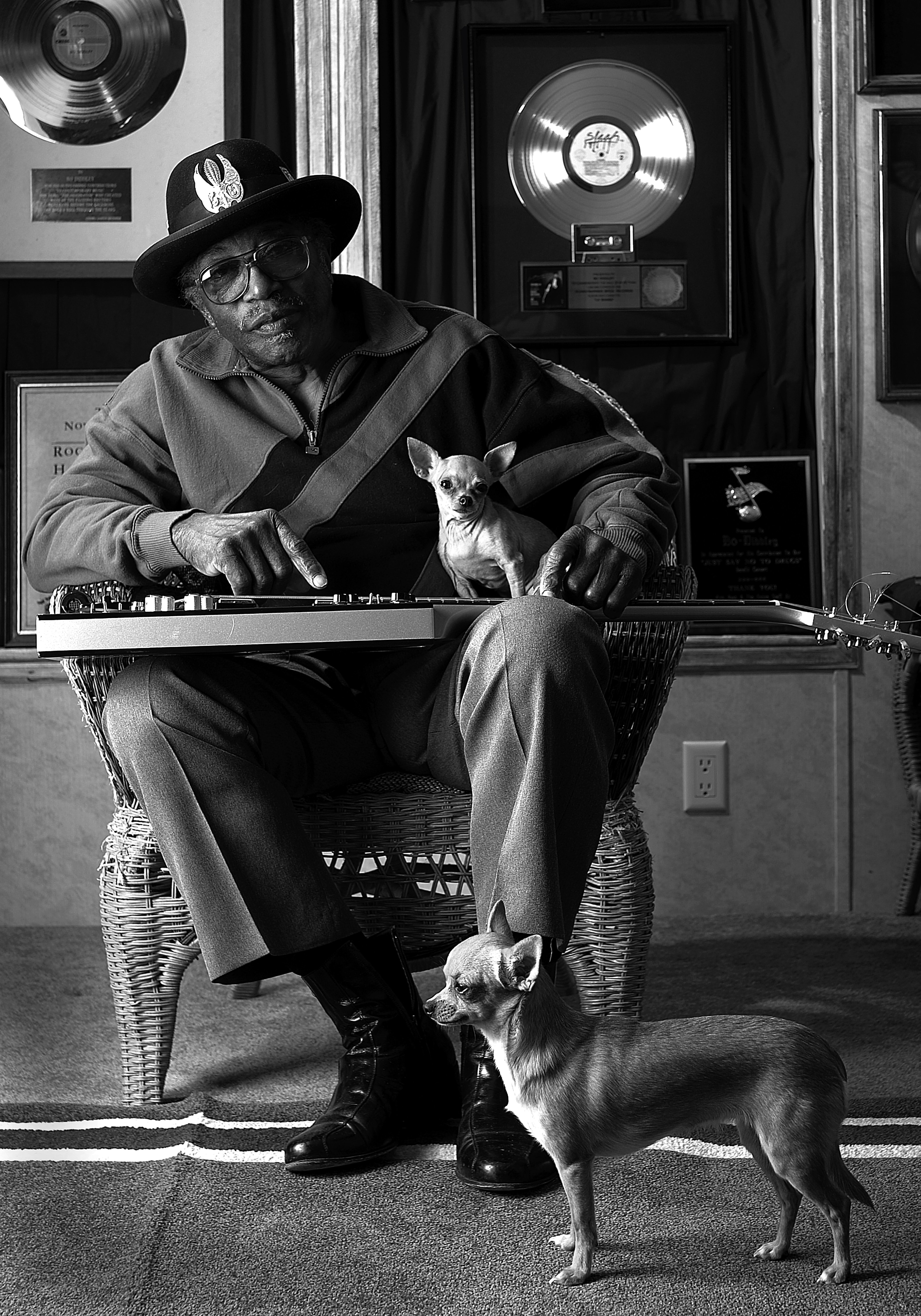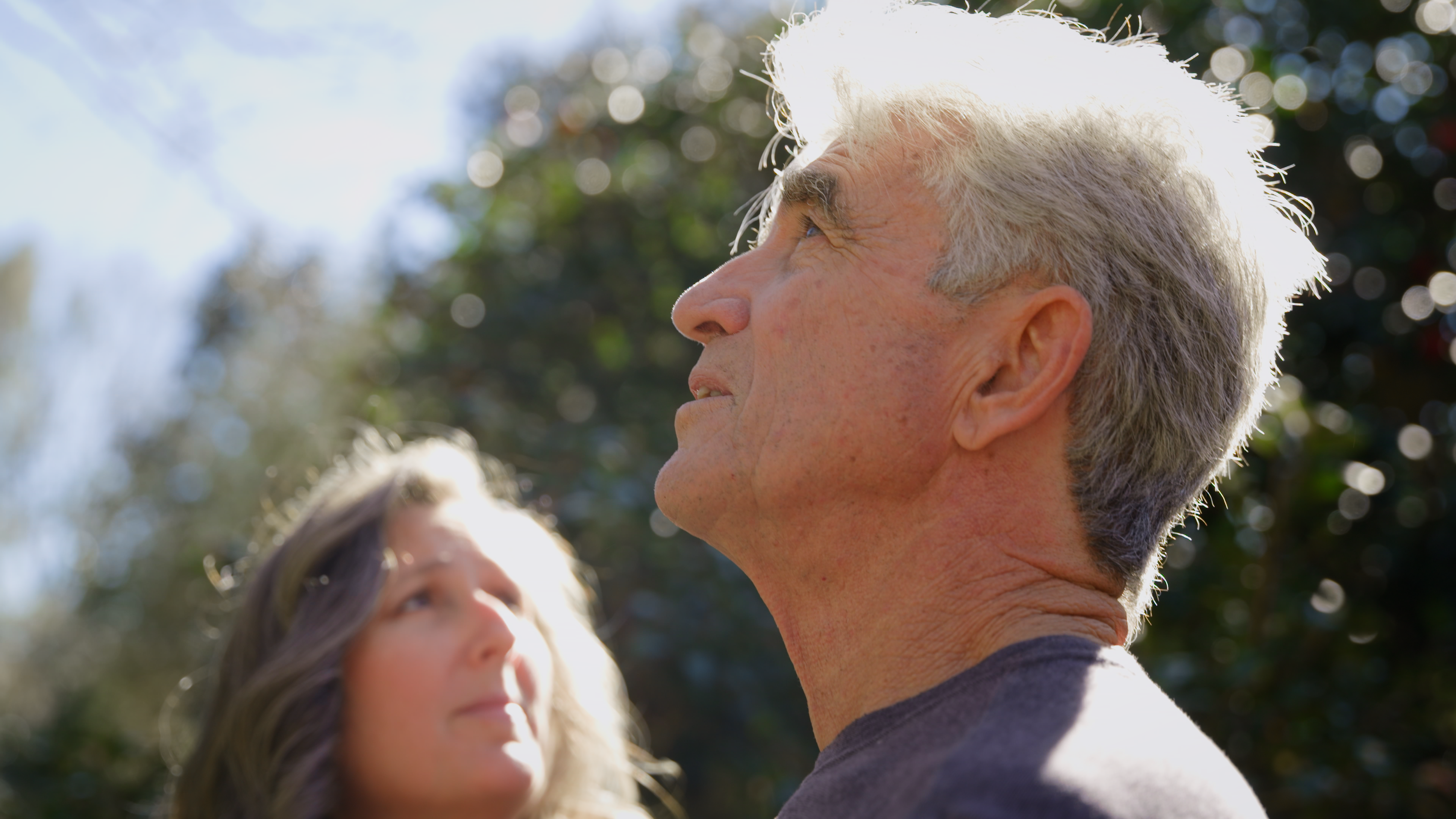Randy Reborn: Friend's Organ Donation Gives the Gift of Time
Once upon a time, a clownfish donated a kidney to an anemone. Well, that’s not quite right. But as far as symbiotic relationships go, an editor and a photographer are pretty close.

Once upon a time, a clownfish donated a kidney to an anemone.
Well, that’s not quite right. But as far as symbiotic relationships go, an editor and a photographer are pretty close.
A seasoned editor knows that even the most gripping story will benefit from a compelling photo. The best ones act like a jaunty fishing hook to the eye, reeling the reader in to do just that: read the story.
By the time Liesl O’Dell met Randy Batista, the UF alumni magazine editor and Florida Magazine Association president had the experience to know what she was looking for in a photographer. And, by the end of her first shoot with Randy, she also knew she’d found it.
“It was seamless,” she recalled. “He understood storytelling. It felt like everything clicked into place. And, of course, there was the fact that everyone knew him.”
Randy’s reputation often preceded him. A Gainesville mainstay, the Cuban photographer was known for expertly capturing any assignment in a way that imbued it with the photo subjects’ character. That was the most important part, he’d tell you — people had to feel comfortable.
“There is a vulnerability in having someone take a photo of you,” Randy said. “People do it all the time, sure, but if you’re doing it right — approaching it with the respect and connection each person needs — something like a portrait is no small thing. They trust you, and as a photographer, you honor that.”
Randy is fluent in Spanish and English, but he is also fluent in people. This foundation, coupled with his intrinsic respect for each person he meets, has allowed him to photograph a wide range of projects. Sometimes, it’s poignant photos of some of UF Health’s youngest patients in intense care. Other times, it’s the dean of the College of Dentistry, wearing a pair of dentures as high-fashion clogs.
“On our first photo shoot, I asked Liesl, ‘Do you trust me?’” he recalled. “And she did. And she trusted me for the next decade that we worked together.”
By the time Liesl’s retirement party rolled around, Randy was at the top of her guest list. She wanted him there — the photographer to her editor, the anemone to her clownfish — but on the day of, she wasn’t actually sure if he’d make it.
“The day I invited him was the first time I’d learned he was immunocompromised,” Liesl said. “It had never come up before — I didn’t know anything about his kidney failure.”

For Randy, kidney failure was like a fog that had slowly crept in. He barely noticed it was happening, even as the edges of his vision began to blur, and as it became harder to get out of bed. Other than increasingly somber conversations with his nephrologist, he could almost pretend nothing had really changed.
Liesl, upon seeing him for the first time in several months, couldn’t.
“I was delighted he was there,” she said. “But the first thing I noticed was how awful he looked. He was a shell of the guy I had worked with for so many years.”
After peppering him with questions, Liesl got the full story: Yes, his kidneys were failing; Yes, he had problems with them since birth; Yes, his diabetes and diabetic medicines worsened his kidney function; and, yes, he needed a kidney transplant.
“Can I do it?” she asked without preamble.
“What do you mean?” Randy asked, flummoxed.
“I mean, can I give you a kidney?”
A bold statement he chalked up to the intensity of the moment, Randy initially brushed off her suggestion. Liesl, knowing him, called the next day to let him know she was serious. And ready for next steps.
“I’d written about kidney donations before,” she said. “It felt like fate, in a way. I’d always wondered if the situation arose — if I’d be willing to give my kidney — and here was the universe saying, it’s time.”
Besides wanting to help Randy, Liesl said she was surprised by the way Randy’s diabetes diminished his kidney function. One of her granddaughters, Josie, was diagnosed with Type 1 diabetes at age 11. Now a teenager, Liesl thought someday Josie might face similar kidney issues, and if “Nana” showed Josie’s four siblings that the kidney transplant process is easy, perhaps they might also volunteer, if needed.
Although the waitlist for organ transplantation is long, the process of matching for a kidney donation isn’t all that difficult. It takes a pinprick of blood to check initial compatibility, and then a couple more blood tests to confirm it.
“It was so easy,” Liesl said. “Once UF Health got us in, the staff were wonderful, and the time it took was almost nothing at all. I want people to know that, because organ donation is this incredibly accessible, straightforward thing you can do to save another person’s life. And you can do it.”
Throughout the process, Liesl recalls being thanked by numerous members of her health care team. Living donors aren’t rare, but the wait list for deceased organs is lengthy. Add the fact that a living donor’s kidney surgery can be adjusted in a way that benefits both recipient and donor, and you’d think Liesl was a saint.
Which, she would firmly correct you on, she isn’t.
“Stories about kidney donation always put the living donor up on this pedestal,” she explained. “And they make it seem like it’s a much bigger process, which dissuades a lot of potential donors from going through with it. It’s not about me, or about this act — it’s about Randy, and making the choice to gift the world more time with him in it.”
In fact, more time is the premise behind the UF Health Living Donor Kidney Transplant Program. Ashraf El-Hinnawi, MD, wants to optimize not only the surgical process of kidney transplantation, but also the process of donation.
“You get good results with a deceased donor,” he said. “But living donors open the door to next-level optimization. I can account for both parties’ health, and make sure each person is in top condition before the transplant occurs, evaluate the kidneys themselves, and so on.”
Also, a kidney from a living donor will perfuse faster than one from a deceased donor. In fact, the time it took Randy and Liesl to wave to one another as their hospital beds passed each other on the way to pre-op was about how long it took for Liesl’s kidney, which they nicknamed “Lili,” to start working once placed inside Randy.
Randy said he could feel Lili’s effect almost immediately upon waking up.
“I felt like me again,” he said. “And I didn’t realize how long it had been since I had felt like myself. But it was like that fog dissipated.”
Much of Randy’s portfolio is a study in black-and-white photography, but it was a joy, he said, feeling the color return to his life. He could eat avocados again and go on long walks, renovate an old house on a lake and go without a nap. He could look forward to the future without fear.

There are many bonds between people, he said.
“There’s family and there are friends and there are co-workers, and sometimes, when you throw an organ donation into the mix, you just get a mix of all three,” he laughed.
Since their procedures, Liesl is deep into her new career running a small business in Gainesville. Randy, who describes his transplant as “being reborn,” says he and his wife have resumed their dinner parties and returned as regulars at art exhibition openings. He once again delivers home-grown flowers to friends. And he often joins Liesl at her son’s college baseball games.
Today, Randy says he might pick up his standing order of rye bread at his favorite local bakery. Or, he might send Liesl a picture of the sunrise first. The order doesn’t really matter.
Now, time is on his side.